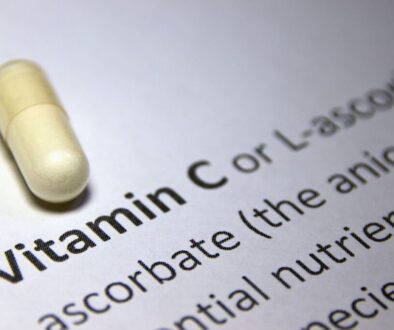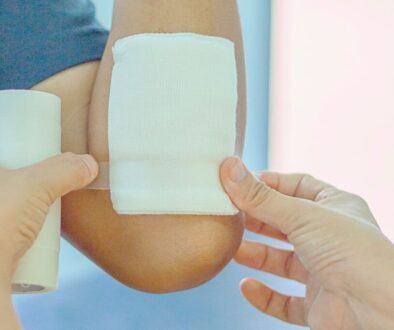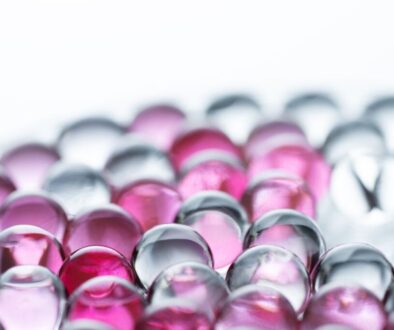Exploring The Benefits Of Amniotic Allograft

Potential Amniotic Allograft Benefits
Amniotic allografts offer many advantages for various medical applications. They’re a valuable resource in modern medicine.
Anti-Inflammatory
Amniotic allografts have strong anti-inflammatory properties. These properties are essential for reducing swelling and discomfort in affected areas. By minimizing inflammation, they help relieve pain. This provides relief from chronic conditions. It does so without the side effects of traditional anti-inflammatory medications.
Immunomodulatory Properties
These allografts play a critical role in modulating the immune response. They fine-tune the body’s immune activity, promoting tissue recuperation and reducing the risk of scar formation. As a result, the overall recovery process is enhanced.
Enriched With Growth Factors And Stem Cells
Growth factors and stem cells in amniotic allografts speed up the natural healing process. These elements enhance cellular growth and tissue regeneration, leading to more effective and lasting recovery than traditional treatments. The regenerative power of stem cells can improve outcomes in many medical fields, including orthopedics, wound care, and reconstructive surgery. This offers hope for patients facing tough healing challenges.
Amniotic allograft benefits hold great potential in medical management. They can enhance patient care and outcomes in various disciplines.
The Role Of Amniotic Allografts In Wound Healing
Amniotic allografts play a crucial role in wound care. When used on chronic wounds, they provide a scaffold that helps with cell migration and proliferation, which is vital for effective tissue regeneration.
Their unique immunological properties lower the risk of rejection, making them suitable for many individuals. Amniotic allografts promote re-epithelialization, which is the formation of new skin cells over a wound. As a result, they significantly enhance healing speed and overall effectiveness.
Exploring The Regenerative Potential Of Cord Blood
Cord blood, gathered from the umbilical cord after birth, is abundant in mesenchymal stem cells (MSCs) and growth factors. These valuable components can differentiate into various cell types. They aid in tissue repair and regeneration.
In orthopedics, cord blood has anti-inflammatory and immunomodulatory properties. These properties show promise for easing joint pain and treating tendon injuries. Ongoing research is uncovering its potential, paving the way for innovative therapies for osteoarthritis and tendonitis.
Frequently Asked Questions
What types of wounds can benefit from the application of amniotic tissue allografts?
Regenerative amniotic tissue allografts are used in wound care. They effectively cover various wound types and promote healing, including surgical incisions, traumatic injuries, and chronic wounds like diabetic ulcers.
How does the FDA classify amniotic tissue?
The FDA classifies amniotic tissue as an HCT/P, supervised under section 361 of the PHS Act and 21 CFR part 1271. To qualify, the tissue must be minimally manipulated. It should be intended for homologous use and not combined with other cells or tissues. Additionally, it must have a localized in vivo effect without systemic impact or reliance on the metabolic activity of living cells.
Is the collection of amniotic tissue ethical?
The collection of placental tissues poses no risk to the newborn or mother. Amniotic tissue consists of the amniotic membrane and fluid. It’s obtained from the innermost layer of the placenta after a live birth. This process occurs precisely following an elective cesarean section.
Which extracellular matrix (ECM) proteins are present in amniotic tissue?
Amniotic tissue is known for its rich composition of extracellular matrix (ECM) proteins. These include collagen, hyaluronic acid, proteoglycans, fibronectin, laminin, and tissue inhibitors of metalloproteinases (TIMPs).
What growth factors are present in amniotic tissue?
Human amniotic tissue is recognized for its rich content of various growth factors, including FGF (fibroblast growth factor), PDGF (platelet-derived growth factor AA and BB), VEGF (vascular endothelial growth factor), EGF (epidermal growth factor), and TGF-β1 (Transforming Growth Factor beta 1), along with a range of cytokines.

Unlocking The Potential Of Amniotic Allografts For Enhanced Healing
Amniotic allografts and cord blood are essential advancements in regenerative medicine. Some notable amniotic allograft benefits include tissue regeneration and immune response modulation. As research progresses, these natural therapies are set to transform orthopedic and wound care. Embracing these innovations could lead to a future where healing is about restoring quality of life, not just recovery.
Heal Ulcers, Burns, & Surgery Wounds With Break-Through Amniotic Allograft Treatments
Experience the future of wound care with our advanced amniotic allograft treatments. Say goodbye to slow healing. Our innovative solutions promote faster recovery from pressure wounds, ulcers, burns, and surgical wounds. Trust the power of science for your healing journey. Regain your comfort and health today! See if you are eligible for treatment here.

About The Author
Corinne Grace is a full-time writer living in the Philippines. She has a nursing degree from Riverside College. Her background in nursing informs her perspective, allowing her to weave in themes of health, empathy, and resilience into her work.




